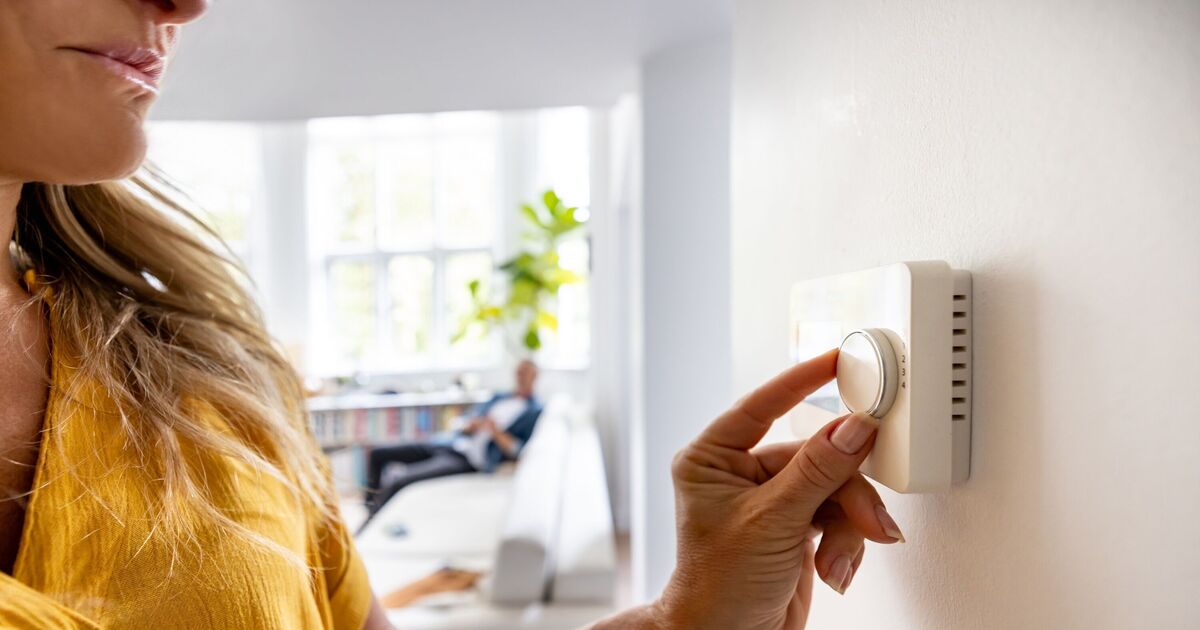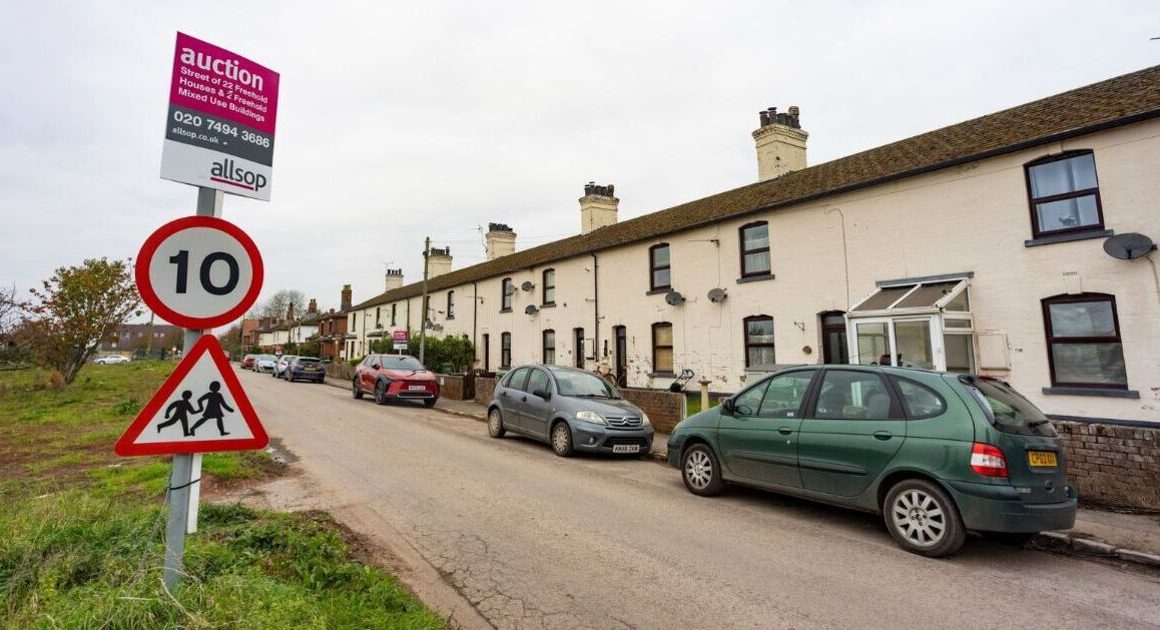Energy-guzzling appliances are the first point of call to reduce expensive gas and electricity bills but this becomes much more difficult when using central heating.
With just days to go until the inflated energy price cap kicks in, to the sum of 10 percent more as confirmed by Ofgem, there’s pressure on households to improve energy efficiency.
Effective from October 1, the energy price cap will inflate to £1,717 per year for a typical gas and electric, direct debit account.
Making your home more efficient is easier than it sounds, according to The Energy Saving Trust, which revealed the two simple steps that will ensure every penny counts when using heating this winter.
The Trust first debunked a common heating ‘myth’ that favours using heating constantly, at a lower temperature, warning: “It’s important not to have your central heating running all day if you don’t need it.”
It continued: “Investing in heating controls is the best option for optimising your central heating system. Many homes already have a programmer, room thermostat and thermostatic radiator valves (TRVs).
“If your home doesn’t have these, installing them could save you about £95 annually on your energy bills. If you already have a programmer and thermostat, adding TRVs could save you £30 annually.”
Contrary to beliefs, it is possible to upgrade or install heating controls without having to replace the boiler, making it easier than ever.
The Energy Saving Trust urged: “Consider new controls if you don’t have a programmer, room thermostat, or TRVs. Modern thermostats have more accurate sensors and many smart controls offer additional energy saving features.”
As for the temperature of your home, there’s no value in dialling the thermostat right down, according to the heating experts.
They suggested that a comfortable temperature is considered double figures, preferably in the low 20s. However, it can be dropped slightly below this at a push.
“If you’re feeling warm enough, lowering your thermostat from 22C to 21C can save you £80 annually”, said the Trust.
The World Health Organisation advises that the most comfortable temperature range for most people is between 18C and 21C.
Thermostats should be well placed in the home to be fully functional – a mistake many people make. “Remember that room thermostats need a free flow of air to sense the temperature, so they should not be blocked by curtains or furniture, or placed in direct sunlight or near heat sources that could give them false readings”, said the experts.
They continued: “It’s usually best to fit the thermostat in a room that is heated most of the time, such as a living room, or in a central space like a hallway as this gives a good indication of the temperature of the whole home.”
For more information on getting the most out of your central heating this winter and upgrading your home’s energy efficiency, visit the Energy Saving Trust website.











